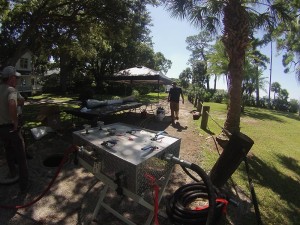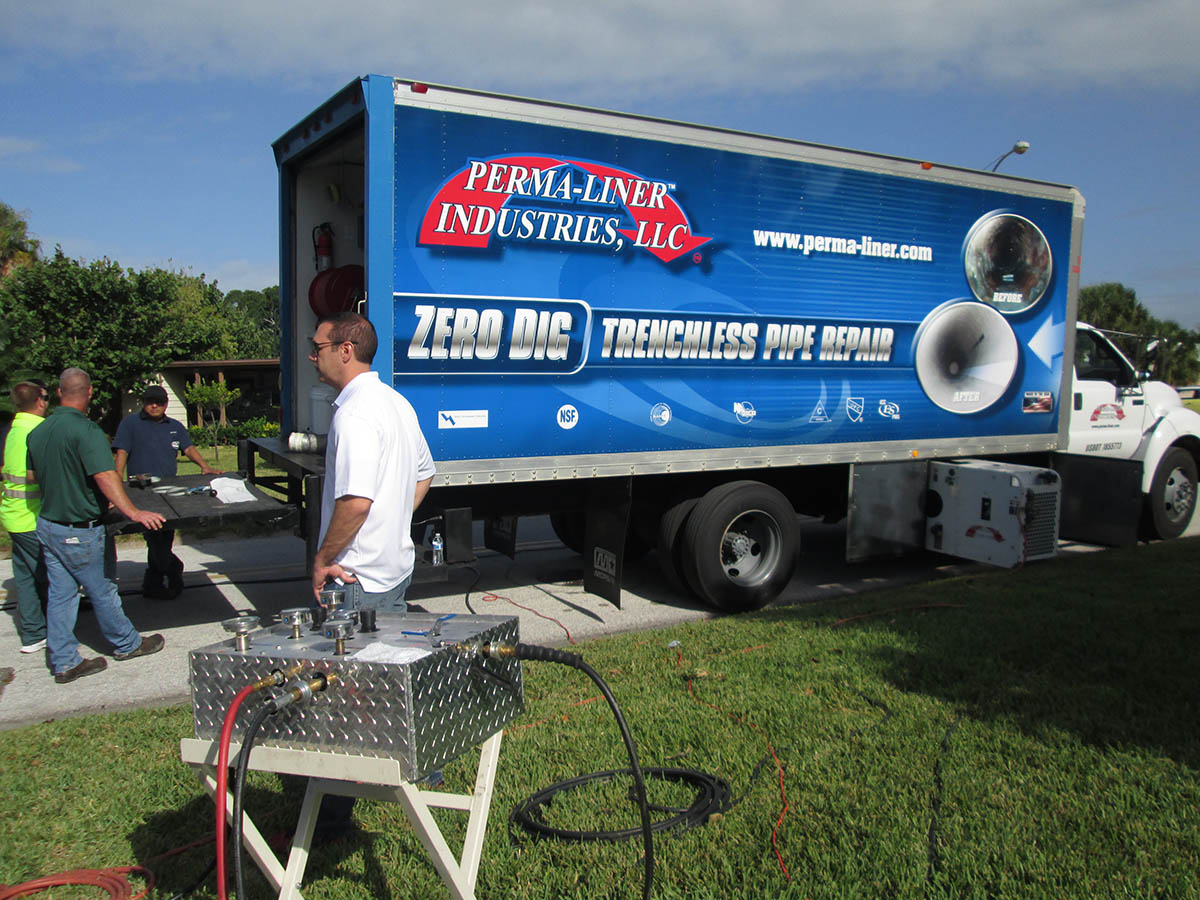There are many waterways in Florida and a plethora of beautiful beaches that draw the attention of residents and tourist, alike. Unfortunately, the massive algae blooms have become a growing concern due to contamination and pollutants in lakes, rivers and even beaches along Florida’s east coast. So much so that a state of emergency was recently called along Florida’s coastline with the current algae bloom affecting the region being attributed to discharges from Lake Okeechobee. Lake Okeechobee is the largest freshwater body in the state. In an effort to find a lasting solution, new wastewater systems will be funded as cities across Florida address best management procedures for the algae-blooms. The recipe for algae blooms has four ingredients: Warm water, Long, sunny days for photosynthesis, the process plants use to turn sunlight into food. High levels of nutrients, particularly nitrogen and phosphorus, for fuel and no more than a pinch of salt in the water. The Lake’s freshwater also reduces salinity in the estuary, which should ideally have both a mix of salt and fresh water. The particular type of blue-green algae that has afflicted the nearby St. Lucie River, as well as, the Indian River Lagoon, contains toxins that can cause stomach and intestinal illness, respiratory distress, allergic reactions, skin irritations and liver damage. Swimming or wading in a bloom can cause skin irritation, hives, blisters and rashes.
A side note: Septic tank runoff has also become a major contributor to the pollution in the local waterways. Septic systems failures can occur when wastewater either breaks out at the surface or seeps into the soils and travels to groundwater sources, contaminating the water and threatening public health.
Coming soon: Perma-Liner Industries is busy making plans for you. We’re planning a “Trenchless Tour” on July 27th in Waterbury, CT. Click Here to Register! Or call 1-866-336-2568. See you there!










